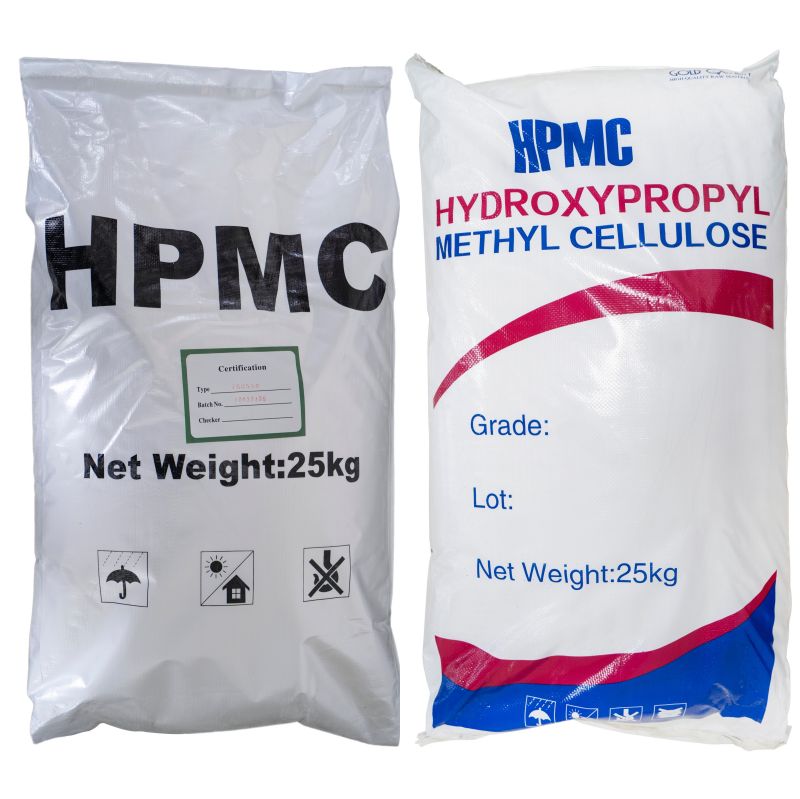Walocel and Tylose are two well-known brand names for cellulose ethers produced by different manufacturers, Dow and SE Tylose, respectively. Both Walocel and Tylose cellulose ethers have versatile applications in various industries, including construction, food, pharmaceuticals, cosmetics, and more. While they share similarities in terms of being cellulose derivatives, they have distinct formulations, properties, and characteristics. In this comprehensive comparison, we will explore the differences and similarities between Walocel and Tylose in detail, covering aspects such as their properties, applications, production processes, and more.
Introduction to Walocel and Tylose:
1. Walocel:
- Manufacturer: Walocel is a brand name for cellulose ethers produced by Dow, a multinational chemical company known for its extensive range of chemical products and solutions.
– Applications: Walocel cellulose ethers are used in construction, food, pharmaceuticals, and cosmetics, serving roles as thickeners, stabilizers, binders, and more.
– Product Specifics: Walocel offers a variety of grades with different properties, including Walocel CRT for construction and Walocel XM for food applications.
– Key Properties: Walocel grades may vary in viscosity, degree of substitution (DS), and particle size, making them suitable for various applications. They are known for their water retention, thickening capabilities, and film-forming properties.
– Global Presence: Walocel is a recognized brand with a global presence and is available in many regions.
2. Tylose:
- Manufacturer: Tylose is a brand name for cellulose ethers produced by SE Tylose, a subsidiary of Shin-Etsu Chemical Co., Ltd. Shin-Etsu is a global chemical company with a diverse product portfolio.
– Applications: Tylose cellulose ethers have applications in construction, food, pharmaceuticals, cosmetics, and more. They are used as thickeners, stabilizers, binders, and film formers.
– Product Specifics: Tylose offers a range of cellulose ether products tailored for specific applications. Grades such as Tylose H and Tylose MH are commonly used in construction and pharmaceuticals.
– Key Properties: Tylose grades exhibit variations in viscosity, degree of substitution (DS), and particle size, depending on the specific grade and application. They are known for their water retention, thickening capabilities, and rheological control.
– Global Presence: Tylose is a recognized brand with a global presence, available in many regions.
Comparison of Walocel and Tylose:
To understand the differences between Walocel and Tylose, we will explore various aspects of these cellulose ether products, including properties, applications, production processes, and more:
1. Properties:
Walocel:
- Walocel grades may vary in viscosity, degree of substitution (DS), particle size, and other properties, which are tailored to meet diverse application requirements.
– Walocel is known for its water retention, thickening capabilities, and film-forming properties in various formulations.
Tylose:
- Tylose grades also exhibit differences in properties, including viscosity, DS, and particle size, depending on the specific grade and application. They are designed to offer rheological control and water retention in formulations.
2. Applications:
Both Walocel and Tylose are used in the following industries and applications:
- Construction: They are applied in construction materials, such as tile adhesives, mortars, grouts, and self-leveling compounds, to improve properties like water retention, workability, and adhesion.
– Pharmaceuticals: In the pharmaceutical industry, both serve as binders, disintegrants, and controlled-release agents in tablet and drug delivery system formulations.
– Food: They are used in the food industry to thicken, stabilize, and improve the texture of food products, such as sauces, dressings, and baked goods.
– Cosmetics: Both Walocel and Tylose are utilized in cosmetics and personal care products to provide viscosity, texture, and emulsion stabilization.
3. Production Processes:
The production processes of Walocel and Tylose involve similar stages, as they are both cellulose ethers. Key steps in their production include:
- Alkaline Treatment: The cellulose source is subjected to an alkaline treatment to remove impurities, swell cellulose fibers, and make them accessible for further chemical modifications.
- Etherification: During this stage, cellulose chains are chemically modified by introducing hydroxypropyl and methyl groups. These modifications are responsible for water solubility and other properties.
- Washing and Neutralization: The product is washed to remove unreacted chemicals and impurities. It is then neutralized to achieve the desired pH level.
- Purification: Purification processes, including filtration and washing, are employed to remove any remaining impurities and byproducts.
- Drying: The purified cellulose ether is dried to reduce its moisture content, making it suitable for further processing and packaging.
- Granulation and Packaging: In some cases, the dried cellulose ether may undergo granulation to achieve the desired particle size and flow characteristics. The final product is then packaged for distribution.
4. Regional Availability:
Both Walocel and Tylose have a global presence, but the availability of specific grades and formulations may vary by region. Local suppliers and distributors may offer different product options based on regional demand.
5. Grade Names:
Both Walocel and Tylose offer various grade names, each designed for specific applications or characteristics. These grades are designated by numbers and letters that indicate their properties and recommended uses.
In summary, Walocel and Tylose are cellulose ether products that share common applications in construction, food, pharmaceuticals, and cosmetics. The primary differences between them lie in the manufacturer, specific product formulations, and regional availability. Both brands offer a range of grades tailored for different applications, each with variations in properties. When selecting between Walocel and Tylose for a specific application, it is essential to consult with the respective manufacturers or suppliers to determine the most suitable product and access up-to-date product information and technical support.
Post time: Nov-04-2023
